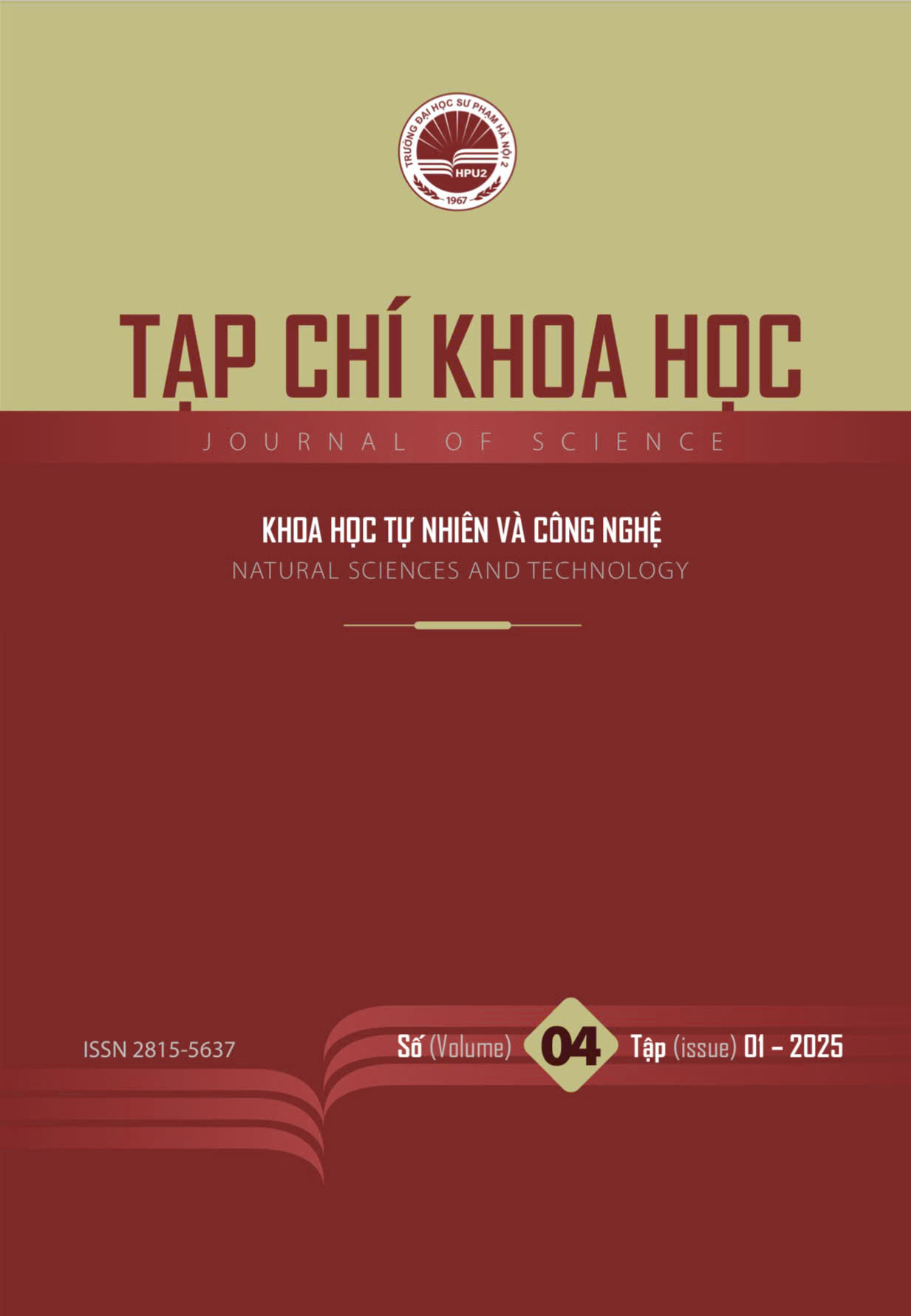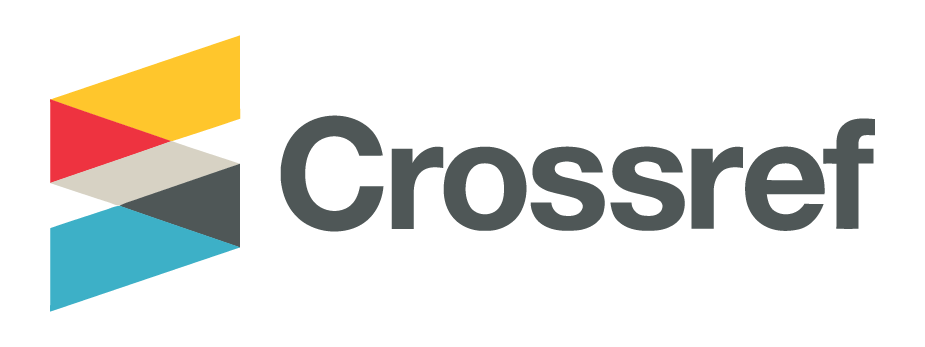Blockchain with IoT to enhance security, data integrity, and automation
DOI:
https://doi.org/10.56764/hpu2.jos.2025.4.01.84-94- Keywords:
- Blockchain
- IOT
- system
- industrial
- technology
- security
Abstract
The integration of Blockchain technology with the Internet of Things (IoT) presents a transformative approach to addressing critical challenges in security, data integrity, and automation. This paper explores the synergies between these technologies, proposing a framework that leverages the decentralized and immutable nature of Blockchain to enhance IoT ecosystems. By eliminating single points of failure, Blockchain ensures robust security for IoT devices and networks. Furthermore, its transparent and tamper-resistant data structure guarantees the integrity of data exchanged across IoT systems. The study also examines how smart contracts can automate processes within IoT environments, enabling real-time decision-making and reducing human intervention. Practical use cases, such as secure supply chain management, automated healthcare systems, and industrial IoT applications, are discussed to illustrate the effectiveness of the proposed framework. The results demonstrate significant improvements in system resilience, trustworthiness, and operational efficiency, highlighting the potential of Blockchain-enabled IoT to revolutionize diverse industries.
References
[1] E. Ezema, A. Abdullah, and N. F. B. Mohd, “Open Issues and Security Challenges of Data Communication Channels in Distributed Internet of Things (IoT): A Survey,” Circulation in Computer Science, vol. 3, no. 1, pp. 22–32, Jan. 2018, doi: 10.22632/ccs-2017-252-63.
[2] B. K. Mohanta, D. Jena, U. Satapathy, and S. Patnaik, “Survey on IoT Security:Challenges and Solution using Machine Learning, Artificial Intelligence and Blockchain Technology,” Internet of Things, vol. 11, p. 100227, May 2020, doi: 10.1016/j.iot.2020.100227.
[3] C. Li and J. V. de Oliveira, “Advances in intelligent computing for diagnostics, prognostics, and system health management,” Journal of Intelligent & Fuzzy Systems, vol. 34, no. 6, pp. 3397–3401, Jun. 2018, doi: 10.3233/jifs-169520.
[4] S. Mihai et al., “Digital Twins: A Survey on Enabling Technologies, Challenges, Trends and Future Prospects,” IEEE Communications Surveys & Tutorials, vol. 24, no. 4, pp. 2255–2291, 2022, doi: 10.1109/comst.2022.3208773.
[5] M. H. Miraz and M. Ali, “Integration of Blockchain and IoT: An Enhanced Security Perspective,” Annals of Emerging Technologies in Computing, vol. 4, no. 4, pp. 52–63, Oct. 2020, doi: 10.33166/aetic.2020.04.006.
[6] C. Butpheng, K.-H. Yeh, and H. Xiong, “Security and Privacy in IoT-Cloud-Based e-Health Systems–A Comprehensive Review,” Symmetry, vol. 12, no. 7, p. 1191, Jul. 2020, doi: 10.3390/sym12071191.
[7] Y. Qu et al., “Decentralized Privacy Using Blockchain-Enabled Federated Learning in Fog Computing,” IEEE Internet of Things Journal, vol. 7, no. 6, pp. 5171–5183, Jun. 2020, doi: 10.1109/jiot.2020.2977383.
[8] Z. Iftikhar et al., “Privacy Preservation in Resource-Constrained IoT Devices Using Blockchain–A Survey,” Electronics, vol. 10, no. 14, p. 1732, Jul. 2021, doi: 10.3390/electronics10141732.
[9] S. Sun, R. Du, S. Chen, and W. Li, “Blockchain-Based IoT Access Control System: Towards Security, Lightweight, and Cross-Domain,” IEEE Access, pp. 1–1, 2021, doi: 10.1109/access.2021.3059863.
[10] S. Algarni et al., “Blockchain-Based Secured Access Control in an IoT System,” Applied Sciences, vol. 11, no. 4, p. 1772, Feb. 2021, doi: 10.3390/app11041772.
[11] Y. L. Zhao, “Research on Data Security Technology in Internet of Things,” Applied Mechanics and Materials, vol. 433–435, pp. 1752–1755, Oct. 2013, doi: 10.4028/www.scientific.net/amm.433-435.1752.
[12] A. Prashanth Joshi, M. Han, and Y. Wang, “A survey on security and privacy issues of blockchain technology,” Mathematical Foundations of Computing, vol. 1, no. 2, pp. 121–147, 2018, doi: 10.3934/mfc.2018007.
[13] K. Košťál, P. Helebrandt, M. Belluš, M. Ries, and I. Kotuliak, “Management and Monitoring of IoT Devices Using Blockchain,” Sensors, vol. 19, no. 4, p. 856, Feb. 2019, doi: 10.3390/s19040856.
[14] A. Al-Hasnawi, S. M. Carr, and A. Gupta, “Fog-based local and remote policy enforcement for preserving data privacy in the Internet of Things,” Internet of Things, vol. 7, p. 100069, Sep. 2019, doi: 10.1016/j.iot.2019.100069.
[15] A. Goap, D. Sharma, A. K. Shukla, and C. Rama Krishna, “An IoT based smart irrigation management system using Machine learning and open source technologies,” Computers and Electronics in Agriculture, vol. 155, pp. 41–49, Dec. 2018, doi: 10.1016/j.compag.2018.09.040.
[16] H.Nandanwar and R. Katarya, “Deep learning enabled intrusion detection system for Industrial IOT environment,” Expert systems with applications, vol. 249, pp. 123808–123808, Sep. 2024, doi: 10.1016/j.eswa.2024.123808.
[17] M. Andoni et al., “Blockchain technology in the energy sector: A systematic review of challenges and opportunities,” Renewable and Sustainable Energy Reviews, vol. 100, no. 1, pp. 143–174, Feb. 2019, doi: 10.1016/j.rser.2018.10.014.
[18] N. Kshetri, “Blockchain’s roles in strengthening cybersecurity and protecting privacy,” Telecommunications Policy, vol. 41, no. 10, pp. 1027–1038, Nov. 2017, doi: 10.1016/j.telpol.2017.09.003.
[19] A. Reyna, C. Martín, J. Chen, E. Soler, and M. Díaz, “On blockchain and its integration with IoT. Challenges and opportunities,” Future Generation Computer Systems, vol. 88, pp. 173–190, Nov. 2018, doi: 10.1016/j.future.2018.05.046.
[20] E. F. Jesus, V. R. L. Chicarino, C. V. N. de Albuquerque, and A. A. de A. Rocha, “A Survey of How to Use Blockchain to Secure Internet of Things and the Stalker Attack,” Security and Communication Networks, vol. 2018, pp. 1–27, Apr. 2018, doi: 10.1155/2018/9675050.
Downloads
Published
How to Cite
Volume and Issue
Section
Copyright and License
Copyright (c) 2025 Thi-Nhung Nguyen

This work is licensed under a Creative Commons Attribution-NonCommercial 4.0 International License.







